19 years ago
Description:
This maneuver was invented by David Arrufat. It is one of the most difficult maneuvers and still only a few pilots are able to do it nicely. The Rhythmic SAT starts with a simple SAT which gradually transforms into a Tumbling, increasing the amplitude of the turns by rhythmical brake input. A perfect Rythmic SAT ends up in Infinity Tumbling, wherein the pilot passes straight above the canopy. Only the best, most dynamic acro gliders are suitable to perform this maneuver nicely.
Enter:
Lead in a SAT to the right. Wait more than usual, take as much speed as possible before you enter. Right after the glider changes the angle into SAT with lot’s of energy quickly release the brake completely to let the glider shoot down below you. Wait until the glider reaches the lowest point below you and pull back the brake hard and deep to adjust high angle of the glider again. Than, at the same moment you feel the highest load on you release quickly again. By this you start to swing above the glider. At the beginning you have to repeat this movement pretty fast because till the Rythmic SAT is flat the glider completes one turn in a short time. As it starts to build up the rhythm is getting longer and longer but the timing still the same: pull the brake strong but gradually after you pass the highest point, than release immediately when you have the maximum speed, at the same moment you reach the lowest point under the wing.
It’s also possible to built up a Rhythmic SAT, from an Asymmetric SAT. In this case the rhythm is given and you have to follow it. If you start with a simple SAT, you create the rhythm.
Exit:
Lead out as an Asymmetric SAT, Tumbling or Infinity, depends on which period you are in. The most important thing is to learn when is it necesarry to exit the maneuver, before the wing would collapse. The glider always gives you warnings when it’s enough. One sign if the outside tip looses the pressure and collapses when the glider is below you. Even by a small collapse you loose a lot of energy.
Dangers!
All dangers of Tumbling. Furthermore in Rhythmic SAT there’s much less energy compared to a normal Tumbling, so the danger of gettting a huge collapse and falling into the canopy or among the lines is even higher, if you start another turn without enough dynamic…
Never practice this maneuver in turbulent conditions!
Video:
Coming soon...

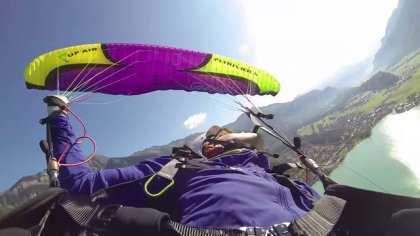
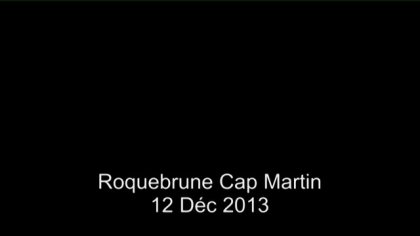
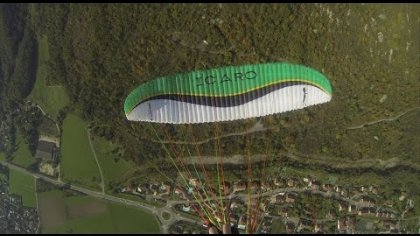

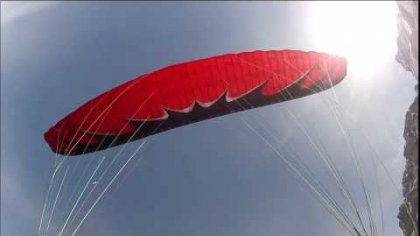
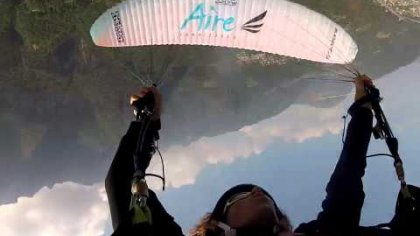
Latest Comments
Some Rhythmic SAT Training in Switzerland on U-Turn Thriller 17 with 4.7kg/m2
Thanks Pal, I can do some rhythmic with a g-force 360 18m but not with my gangster 24m or Aspen 22m. Is it because they are bigger gliders or because of their design? If I had a g-force 360 25m would it still do a rhythmic sat even though I would be light on it? thanks. Wade
Hi Wade!
By your question I realized I forgot to write about this in the description :-)
First of all, just after you enter the SAT and start rhythmic, shift your body back to the center, don't stay in the inner side. Even, for the same rhythm you pull the brake, push the outer riser out as far as you can and you can also move with the body. At this period of the turn the outside tip can easily collapse (loosing huge amount of energy) and by this you can keep more pressure on the lines and the canopy.
Pál
when do you start to lose the weight-shift when building from rhythmic-tumble-infinite. thanx wade